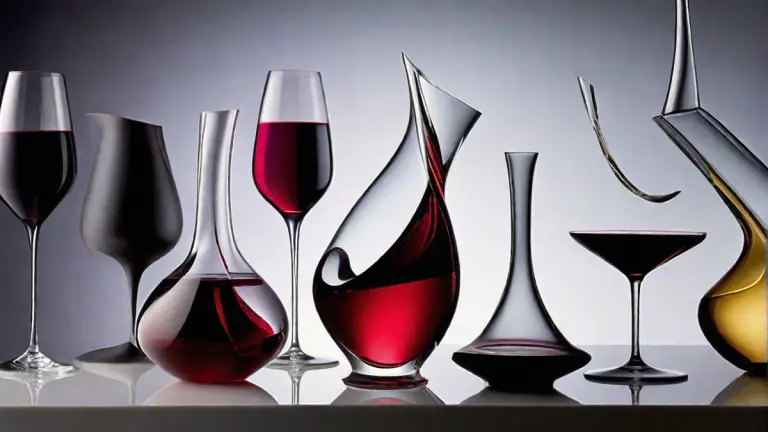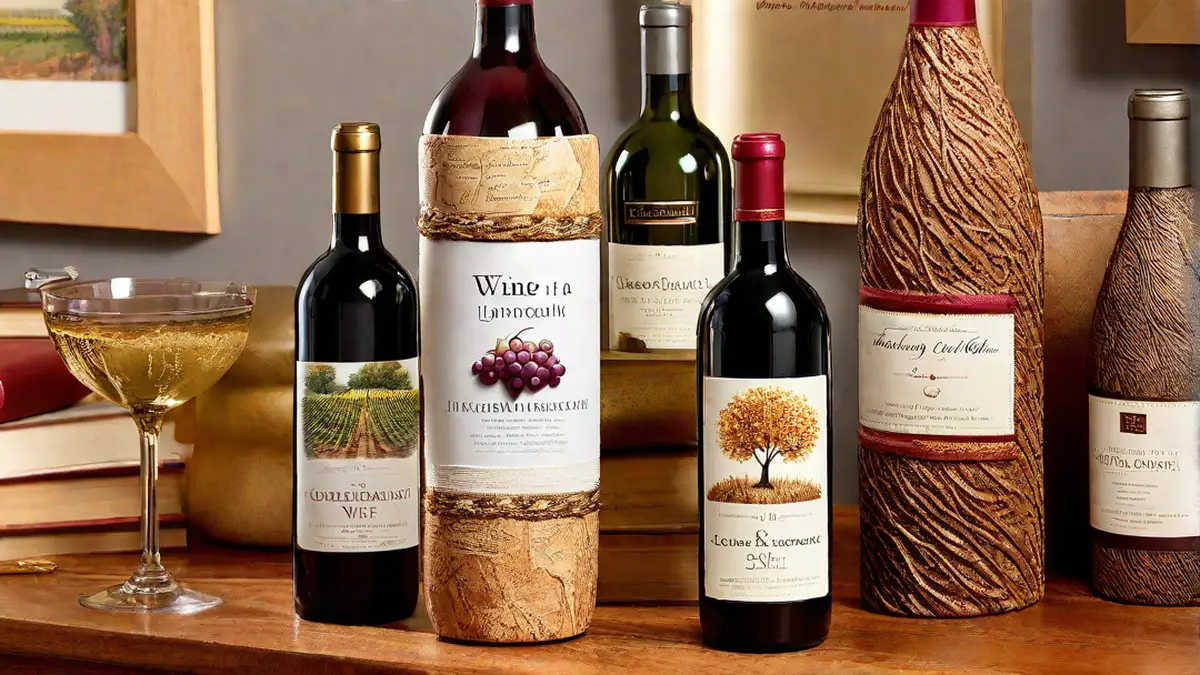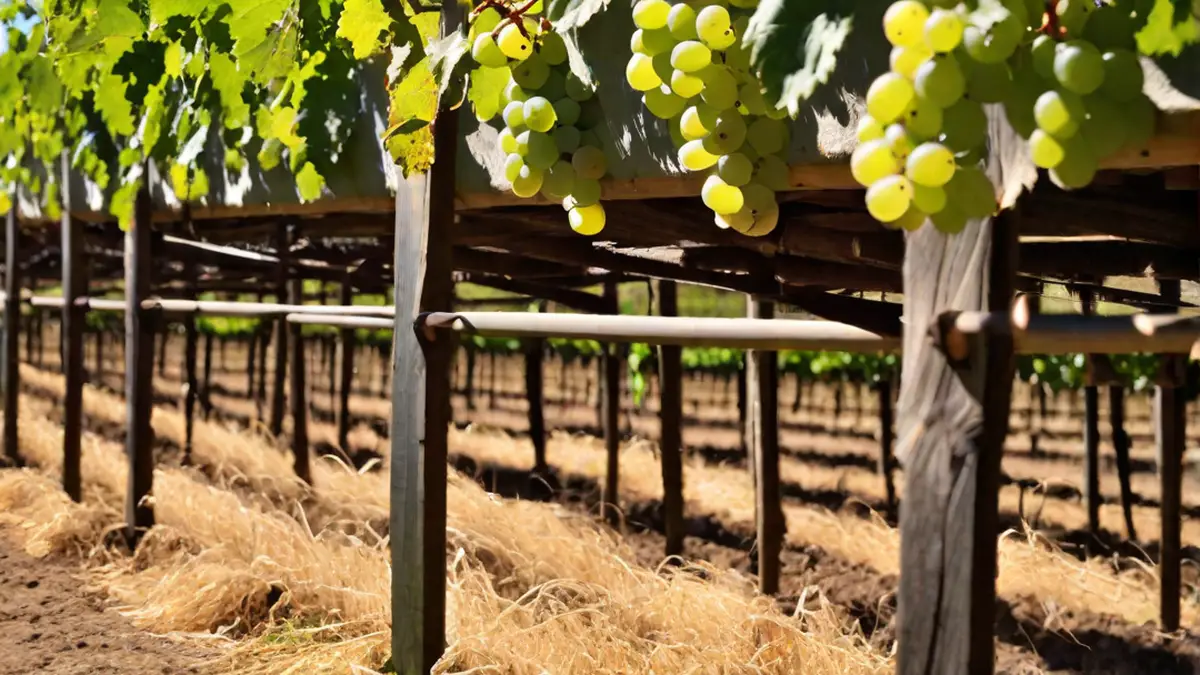Boosting the taste and scent of wine is a favored approach among wine enthusiasts. While a decanter is commonly utilized for such purposes, it’s not strictly necessary to enjoy the advantages of decanting. In this article, I will share my own advice and methods for decanting wine without the use of a decanter.
Why Decant Wine?
Decanting wine serves two main purposes – to aerate the wine and to separate it from any sediment that may have formed over time. When wine is exposed to air, it undergoes a process called oxidation, which helps to soften harsh tannins and bring out the wine’s aromas and flavors. Additionally, decanting allows any sediment to settle at the bottom, preventing it from being poured into the glass.
The Alternative Methods
Using a Carafe
If you don’t have a traditional decanter, a carafe can be a great substitute. Look for a carafe with a wide base, as this will provide ample surface area for the wine to come into contact with the air. Start by opening the bottle and allowing it to breathe for a few minutes. Then, slowly pour the wine into the carafe, being careful to leave any sediment behind in the bottle. Let the wine sit in the carafe for about 15-30 minutes before serving.
Aerating with a Blender
This unconventional method may sound a bit strange, but trust me, it works! Pour the wine into a blender and blend on low speed for about 30 seconds. This will introduce a significant amount of air into the wine, helping it to aerate quickly. Be cautious not to over-blend, as this can potentially damage the delicate flavors of the wine. After blending, let the wine sit in a glass to settle for a few minutes before enjoying.
My Personal Experience
I’ve tried both of these alternative methods myself, and I must say, they can produce surprisingly good results. While they may not offer the same level of elegance as using a traditional decanter, they are practical solutions for those moments when a decanter is not readily available.
When I used a carafe, I noticed that the wine became noticeably more aromatic and smoother on the palate after just a short period of time. It truly showcased the wine’s potential and allowed me to appreciate its nuances.
The blender method, on the other hand, was a real game-changer for me. I was skeptical at first, but the aerating effect was remarkable. The wine became more vibrant and expressive, as if it had been opened for a much longer time. However, I would caution against using this method with older or delicate wines, as their flavors can easily be overwhelmed.
Conclusion
While decanting wine with a decanter is the traditional way, it’s good to know that there are alternative methods available when you find yourself without one. Whether you choose to use a carafe or get creative with a blender, the goal remains the same – to enhance your wine-drinking experience. So, next time you’re in a pinch, give one of these techniques a try and see how it transforms your wine.




